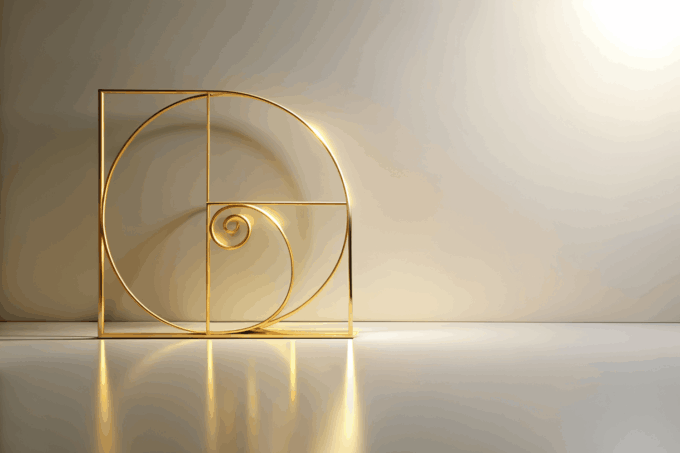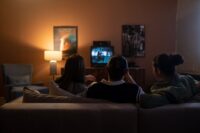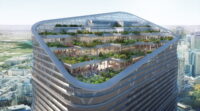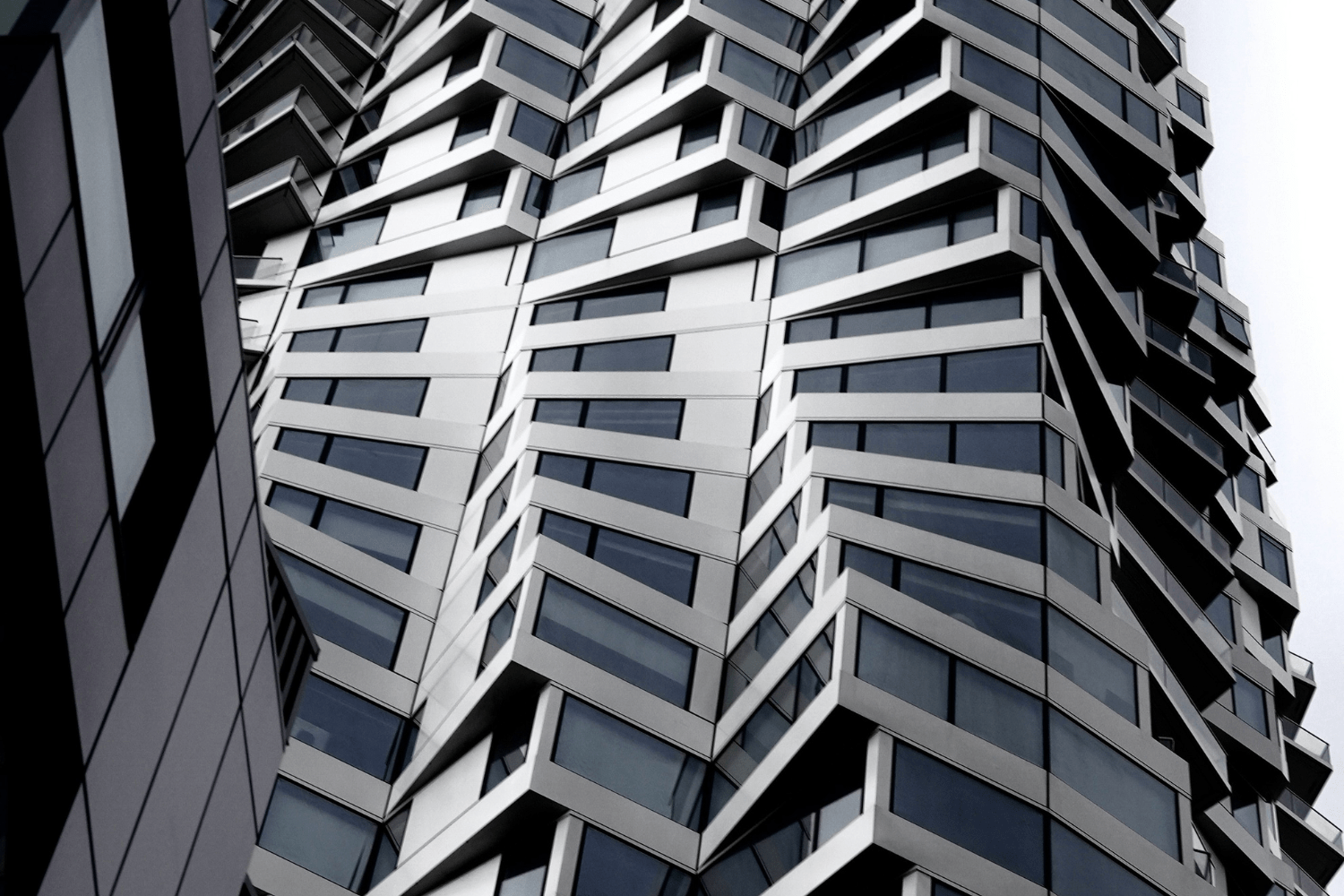- Home
- Articles
- Architectural Portfolio
- Architectral Presentation
- Inspirational Stories
- Architecture News
- Visualization
- BIM Industry
- Facade Design
- Parametric Design
- Career
- Landscape Architecture
- Construction
- Artificial Intelligence
- Sketching
- Design Softwares
- Diagrams
- Writing
- Architectural Tips
- Sustainability
- Courses
- Concept
- Technology
- History & Heritage
- Future of Architecture
- Guides & How-To
- Art & Culture
- Projects
- Interior Design
- Competitions
- Jobs
- Store
- Tools
- More
- Home
- Articles
- Architectural Portfolio
- Architectral Presentation
- Inspirational Stories
- Architecture News
- Visualization
- BIM Industry
- Facade Design
- Parametric Design
- Career
- Landscape Architecture
- Construction
- Artificial Intelligence
- Sketching
- Design Softwares
- Diagrams
- Writing
- Architectural Tips
- Sustainability
- Courses
- Concept
- Technology
- History & Heritage
- Future of Architecture
- Guides & How-To
- Art & Culture
- Projects
- Interior Design
- Competitions
- Jobs
- Store
- Tools
- More
Minimalist Design: Creating A Minimalist House from Facade to Interior

In the realm of architecture, there’s a growing trend that’s capturing the hearts of homeowners and designers alike – minimalist house design. It’s a style that embraces simplicity, functionality, and elegance, all while making a bold statement with a minimalist facade.
This design philosophy is not just about aesthetics. It’s about creating a space that’s in harmony with its surroundings. We’ve seen this firsthand in projects such as the Minimalist House 85 Design, where the landscape architect’s expertise was instrumental in choosing the right furniture and indoor plants to complement the minimalist design.
Minimalist design is also about maximizing natural light. From the placement of windows to the choice of materials, every detail is thoughtfully considered to create a serene, light-filled space. It’s a testament to the power of simplicity and the beauty of minimalist design.

Table of Contents
ToggleBenefits of Minimalist House Design with Minimalist Facade
Minimalist design principles offer a wealth of benefits in the realm of architecture. With their clean lines, functional elements, and understated elegance, minimalist houses are gaining popularity. Let’s explore some of the standout advantages of this design trend.
Increased Space Utilization
Minimalist design, by its nature, makes the most out of every square foot. For example, the renovation and expansion of a local home in the Dulwich Wood Park estate uncovers the potential of this approach. By removing four partitions, the house makeover by Brisco Loran dramatically opened up the interior, resulting in a spacious and flowing ambiance. Subtly underscored by clean surfaces, neutral colors, and bespoke cabinetry , the space utilization was significantly enhanced.
Meanwhile, the Park House in Melbourne showcases a discreet but indulgence-friendly extension hidden behind the original two-story dwelling. This extension includes extra bedrooms, living spaces, a wine cellar, a gym, and spacious kitchen, exemplifying the effective spatial engineering that’s possible with minimalist design.

Enhanced Visual Appeal
The elegance and sophisticated simplicity of minimalist design can greatly enhance a house’s visual appeal. Take for example, the Fuji World Heritage Centre, shaped like an inverted mountain. This unique conical structure, reflecting in a large pool, results in a visually stunning masterpiece that mirrors the beauty of Mount Fuji – all thanks to minimalist design principles.
The Seosaeng House in South Korea further exemplifies this. Nestled on a clifftop viewing spot, this three-bedroom holiday home maximizes window space and makes striking use of color. Its soft exterior contrasts beautifully against the blue sea, yet harmonizes perfectly with the shifting tones of the sky.
Lower Maintenance Requirements
To top it all off, minimalist houses generally require lower maintenance compared to more traditional houses. Their minimalist facades, such as the pink-tinted tiles on the Seosaeng House or the wooden lattice made from Mount Fuji’s cypresses on the Fuji Centre, are elegant yet uncomplicated. This means less time, effort, and resources spent on upkeep – another major plus of minimalist design.
By undergoing a shift towards minimalist design, homeowners can enjoy the benefits of increased space utilization, visually appealing aesthetics, and lower maintenance requirements. These perks, combined with the soothing and clutter-free lifestyle that minimalist design advocates, easily explain why this architectural style is decidedly on the upswing.

How to Design A Minimalist House from Facade to Interior?
Designing a minimalist house invites a plethora of opportunities. From the facade to the interior, every facet of the design calls for a strategic approach. Building a minimalist house requires an architectural commitment to “less is more.” The goal is to create a balanced design that’s both visually appealing and practical.
Take Cast House for instance, an extension project that embraced minimalist design with an exciting twist. The design leveraged natural light while simultaneously crafting pockets of calm. Noteworthy is the intricate timber detailing and the textured floors that lend the facade its character. The project emphasized on maximizing benefits with a minimalist approach.
When designing a minimalist facade, one should consider a straightforward and clean look. Just a glimpse at the House Between The Wall in Bangkok, Thailand confirms this. A bold, white front with a wooden door and a glass block coupled with a rock garden bestows a minimalist aesthetic. Practicality comes in the form of an elastic texture paint that aids in maintaining the durability of the facade. The paint prevents potential cracks and damage that could emerge with time and changing climate.

The interior of a minimalist house needs to strike a balance between being bare and warm. The design should embrace the minimalist aesthetic but radiate warmth and a lived-in feel. Careful use of earthy materials and natural lighting aid in creating such spaces. The interior of the House Between the Wall boasts two wings with large trees visible from every space. The white surfaces and the natural light streaming in through the windows fosters a serene atmosphere.
As designers, we aim to maximize space and create a visually tranquil environment that aligns with the tranquil and simple lifestyle that minimalist design promotes. Resources used should be of high-quality, maintaining a sustainable approach throughout the design process.
A minimalist design success lies in achieving a balance – a soothing environment that doesn’t feel too bare, an exterior that’s captivating yet straightforward and an interior that offers serene comfort without straying from the minimalist aesthetic. Through this, a sense of peace is achieved allowing a greater focus on important aspects of life and indeed that’s the beauty of minimalist design.
In our following sections, we’ll delve deeper into how elements of architecture and design are harnessed to create minimalist masterpieces – from the floors, the cast facade, right down to the ceiling arches and how these collectively shape a home that speaks volumes in its silence.

Key Elements of Minimalist Facade Design
When creating a minimalist home, the importance of a well-designed facade cannot be overstated. It’s the first impression, visually conveying the philosophy of minimalism even before stepping inside. Key elements such as clean lines, a restrained color palette, and the use of natural materials are just the beginning.
Clean Lines and Geometric Shapes
In minimalist design, it’s all about simplicity and intent. Clean lines and geometric shapes are at the heart of this approach, becoming the core of any minimalist facade. Take, for example, the Phillips House at the Dulwich Wood Park estate; here, the beauty of modernist architecture shines through its pure, unencumbered forms.
By strategically removing partitions, the London-based architecture studio, Brisco Loran, implemented a sweeping, seamless space in their renovation project of a local home. The purpose was to create an elegant garden addition that not only offered more room but allowed for an effortless visual flow.

Limited Color Palette
A key feature of minimalist design is a limited color palette. The approach calls for neutrality, allowing the architectural elements to take center stage. The Islington House renovation in central London’s borough of Islington is a prime example of how a monolithic, double-skinned concrete rear extension can achieve harmony between architecture and nature while offering a serene and functional living space.
While the renovation delicately transformed an existing period property, it also subtly blurred the boundaries between architecture and furniture using a constrained color palette. This strategy helps reinforce the minimalist language of the building.

Use of Natural Materials
In keeping with the spirit of minimalism, architects often turn to natural materials to craft their masterpieces. The use of locally sourced materials proves to be both eco-friendly and aesthetically pleasing.
For instance, the regional quarters for the Dutch society for the preservation of nature in Zierikzee, the Netherlands was designed by Rink Tilanus. The interior walls were finished with rough concrete to help the structure blend into the nature-reserve setting.
Similarly, the Falling Water House by Frank Lloyd Wright showcases a firm commitment to mirroring the surrounding environment. With long terraces featuring a strong horizontal brick pattern and made of locally sourced sandstone, the house emerges as an extension of nature itself.
This fruitful dialogue between the building and its environment reflects the core principles of minimalist design. By striking a balance between the need for functionality and the desire for simplicity, architects can succeed in bringing to life designs that contribute positively to our lifestyles and the spaces we inhabit.

Conclusion
We’ve delved into the world of minimalist house design, focusing on the minimalist facade. We’ve seen how clean lines, geometric shapes, and a restrained color palette can create a stunning aesthetic. It’s clear that natural materials play a crucial role in these designs, often sourced locally to blend functionality with eco-friendliness. We’ve explored examples like the Phillips House and the Islington House renovations, where minimalist design principles have been applied with great success. The balance between simplicity and functionality in these designs proves that minimalist house design is not just about looks – it’s about enhancing our lifestyle and living spaces. The minimalist facade, therefore, is much more than an architectural trend. It’s a testament to the power of simplicity and a reflection of our evolving relationship with our living environments.
Submit your architectural projects
Follow these steps for submission your project. Submission FormLatest Posts
How Facades Tell Cultural Stories
How facades tell cultural stories—decode symbols, materials, and climate cues with regional...
Top 10 Examples of Dynamic Facade Designs Around the World
Dynamic facades are transforming contemporary architecture with systems that move, react, and...
8 Trends in Dynamic Facade Design You Need to Know
Dynamic façades are reshaping contemporary architecture by responding to climate, light, and...
Transform Ordinary Facades Into Striking Designs With These Key Upgrades
When it comes to enhancing the appearance of a home, few aspects...












Leave a comment